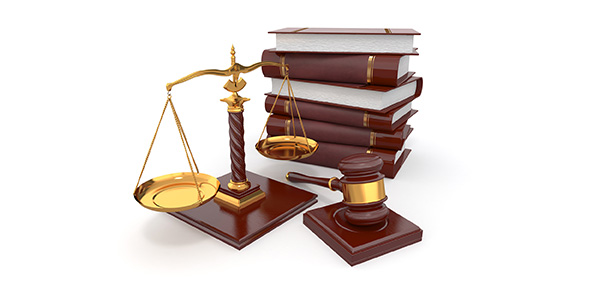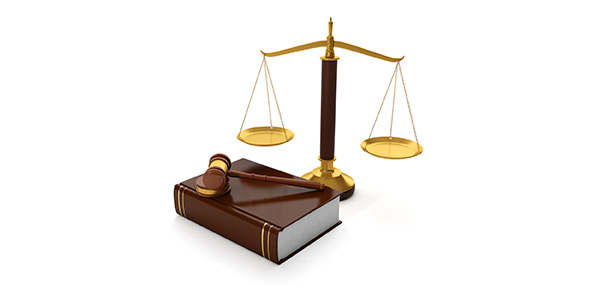Related Flashcards
Related Topics
Cards In This Set
| Front | Back |
|
Describe the three-stage of the police socialization process?
|
Initiation into the cultureDevelopment of working personality Acceptance of the informal system or informal code of behavior
|
|
Describe Jerome Skolnick's "working personality" of the police.
|
Suspicious, solidarity and authorization.. the causes of the personality are danger, efficiency and authority
|
|
According to James Q. Wilson, there are three different departmental styles of policing: watchman, legalistic, and service. Discuss the major characteristics associated with each style.
|
Watchman- emphasizes the public order, wide latitude of discretion, less likely to invoke the cj processLegalistic- emphasizes crime fighting, discretion is discouraged, implement of the cj process as much as possibleService- emphasizes on responsiveness to community, less formal then legalistic but more controlled than watchmen, invoke cj procss when necessary
|
|
Describe the behavioral/psychological dimensions used and the subsequent styles derived by Michael Brown and William K. Muir
|
Selectivity- of enforcement; how selective in enforcement of law. Aggressiveness- on the street; how aggressive in pursuit of the goal of crime control (Michael Brown)
Perspective- intellectually understood the nature of human suffering- tragic (have sympathy) V. Cynical (no sympathy)Morality of coercion- morally resolve the contradiction of achieving just ends with coercive means. Integrated (feel comfortable using force) V. Conflicted (uncomfortable using force)(William Kermuir) |
|
Define police corruption and describe the common elements of police corruption
|
Corruption is acts involving the misuse of authority by a police officer in a manner designed to produce gain for him/her self or for others. (Three Elements)Forbidden by some lawmisuse of authority actual/expected material reward or gain
|
|
What are the advantages police departments gain when employing women and racial minorities?
|
Women: Enlarge pool of competent candidates, reduce use of
excessive force, improve response to violence against women, reduce
discrimination/ harassment claims
|
|
What are some obstacles and barriers to women in policing?
|
Image of the job, traditionally a “macho” job for men,
forced to choose between POLICEwoman and policewoman
|
|
What is “double marginality” and “triple jeopardy” (as experienced by African-American officers)? Do you think this kind of stress still exist after three decades of integration of American police departments?
|
They didn’t feel accepted by white officers or other blacks,
minorities viewed them as sell outs, challenged by young blacks, needed to
prove that they weren’t black violators so treated blacks more harshly, however
research shows it’s no longer an important aspect of perceptions
|
|
Does the employment of more black officers really make a difference in American policing?
|
Historically, blacks have pushed
for black police, providing higher quality of policing. Influence of white
society/ white police subculture dashes those hopes
|
|
Describe some common types of police corruption.
|
Gratuities: Free meals, etc. Bribes: Payoffs to
protect activity, ignore laws, etc. Theft & Burglary: Take money from
people, steal drugs, etc. Internal Corruption: Bribe for promotions, etc.
Corruption & Brutality: Beating drug dealers, etc
|
|
List some theories that attempting to explain why some police officers become corrupt. Which one do you ascribe to? Why?
|
Local Political
Culture: Corruption in other parts of government
Nature of Police
Work: They have many opportunities. “Low visibility”
Police
Organization: Poor management/ supervision. Exists b/c department tolerates it
Police
Subculture: Initiates officers into corrupt activities, covers up corrupt
activities
|
|
Discuss some costs of police corruption.
|
Protects other criminal acts; corruption undermines
effectiveness of CJS, undermines professionalism, secret tax adding up to
millions of dollars, undermines public confidence
|
|
Use Reiss and Klockars’ criteria to define unnecessary or excessive force.
|
1. If policeman physically assaults citizen then fails to make arrest
2. If the citizen did not resist by word or deed, yet force was used
3. When there is resistance but officer could have restrained citizen without force
4. If there was a large number of officers who could have helped restrain
5. If offender was handcuffed and made no attempt to flee or offer violent resistance
6. If citizen resisted but use of force was used even after the citizen was subdued
|
|
Discuss public perceptions of police brutality.
|
Use of profane/abusive language. Commands to move on/get home. Stopping
and questioning citizens, searching them and their cars. Threat to use force if
not obeyed. Prodding with night-stick or approaching with gun. Actual use of force.
|
|
Describe the old and new rule of police use of deadly force. Discuss the two turning points (i.e., NYPD’s new policy in 1972 and Tennessee v. Garner) that contribute to the change of police policy and practice on use of deadly force. Use statistics from Memphis to explain the impact of the new policy.
|
Old rule was fleeing felon rule
-New rule is defense of life rule
-1972 NYPD replace fleeing felon w/ defense of life. Defend yourself, other officers, or other citizens
-Tennessee v. Garner, the fleeing felon rule was ruled unconstitutional by SCOTUS
-It reduced the amount of citizens killed and reduced racial disparity
-In Memphis, the amount of unarmed and not assaultive fleeing felons killed was reduced to 0
|






